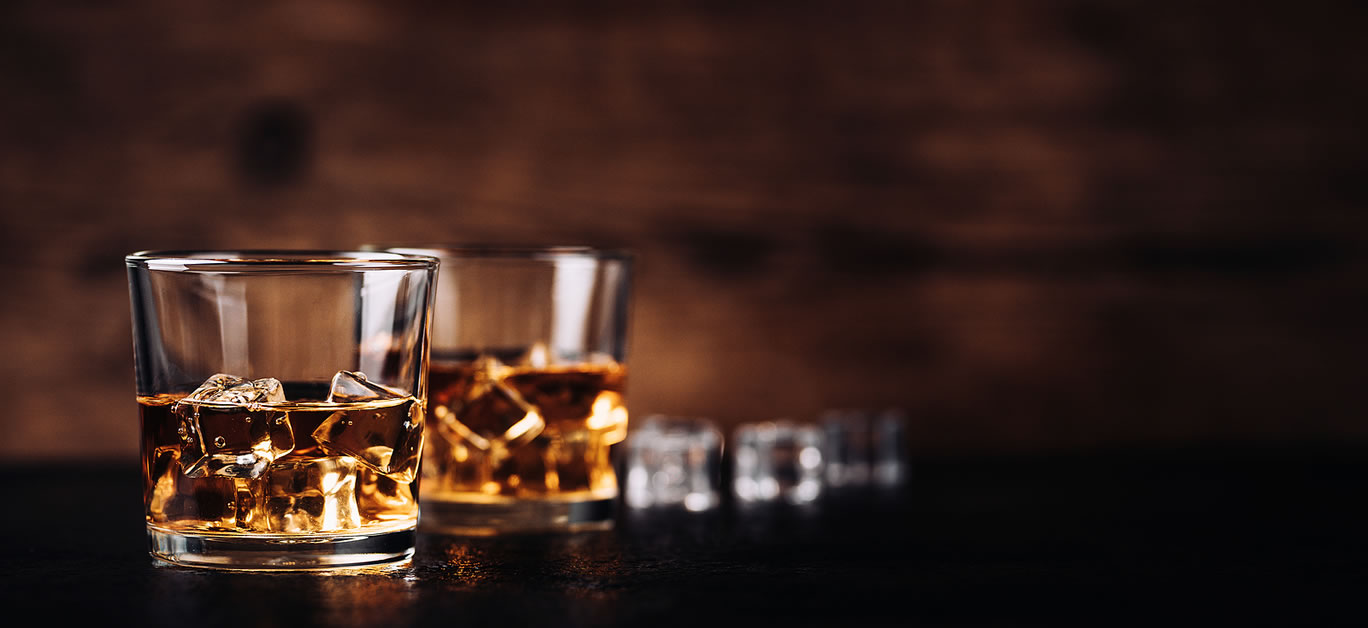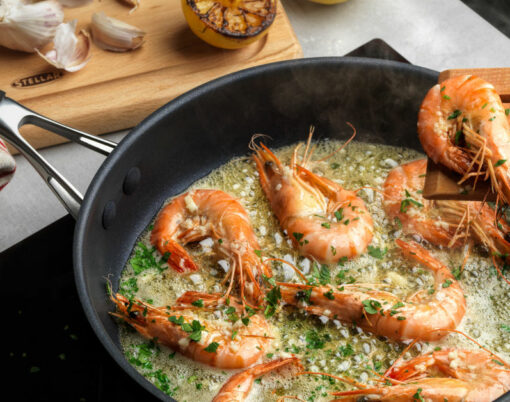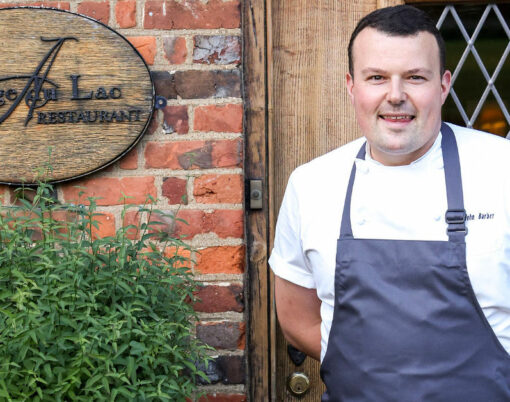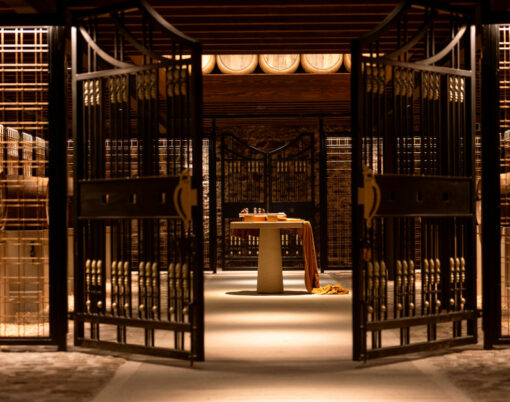Words by Karan Bhullar, partner at Whisky Investment Partners
Gin has been the ‘it’ spirit for the last decade, and over the last two turbulent years, it proved the go-to tonic for many. But whilst it was expected that gin’s popularity would continue to soar, there have been signs that the gin boom may be coming to an end.
Google Trends data, analysed by Whisky Investment Partners, shows how interest in gin increase year-on-year from 2015 before reaching a peak in 2018 and declining ever since. Stats from Curren Goodden Associates (CGA) show total sales of gin are down by almost a third, dropping a massive 38.5 per cent when compared with the same period in 2019. In the comedown of the previous years of popularity, gin was also the slowest-growing spirit in compared to all other spirits, and was up £25m, or £2.6 per cent, further suggesting the shift in the spirits market.
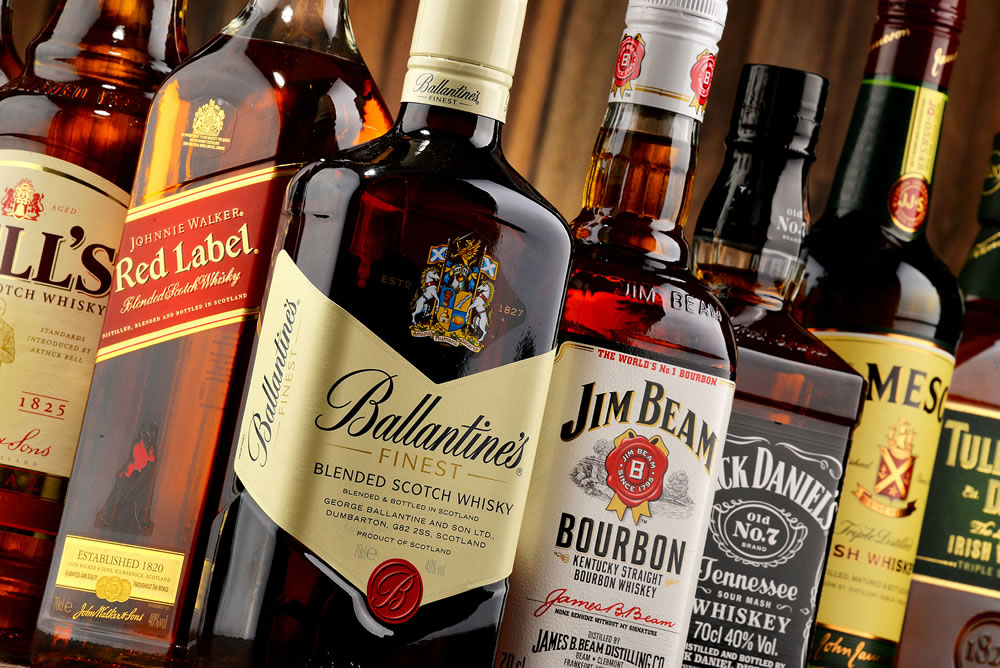
So, which spirit looks to set to overtake gin in the popularity stakes? There are a few, but none more so than whisky, and secondly, rum.
Whisky has seen substantial sales gains in the past year, making it the fastest-growing spirit in the take-home market. It’s shot up £154.4m, ahead of vodka, rum and brandy.
Revenue in the whisky segment amounts to £63.30bn in 2022 in comparison to £10.81bn in the gin segment. The whisky market is also expected to grow annually by 4.63 per cent in the coming years.
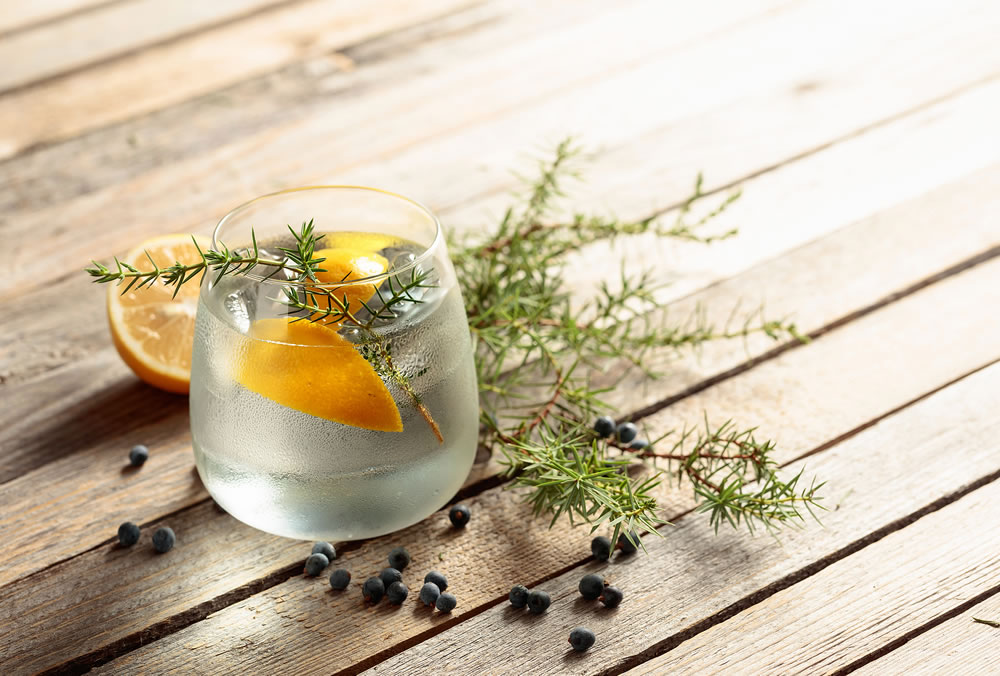
As new whisky products continue to come onto the market – from single malts that carry no age statements, to whiskies finished in stout barrels; and flavour-packed RTDs – category innovations are giving whisky a whole new image and attracting younger consumers.
Whisky brands have also shifted their strategies to attract younger consumers with new products, whilst also tapping into the at-home cocktail boom by offering recipes for classic cocktails, replacing the more typical spirits with whisky. There has been an increase of whisky consumption by 18-25-year-olds year on year, with a 25 per cent increase in 2022 to date vs 2021, and a 33 per cent increase vs 2020, primarily at home or the pub, according to YouGov.
Having said that, the younger audience 18-25 year old audience are more likely to pick up whisky drinking at home than at the pub – 14 per cent vs. eight per cent in the past year, data from YouGov shows.
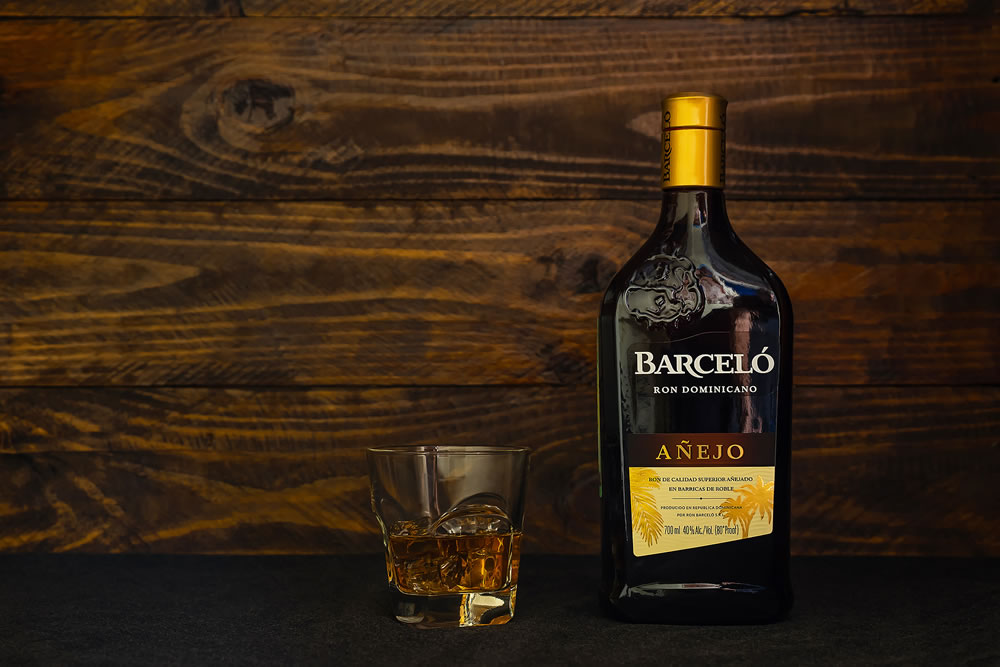
Things are changing in the wider whisky market, with more traditional whisky categories such as Scotch and Japanese having new guidelines in place. For Scotch whisky, the new guidelines accepted by the Scotch Whisky Association will allow distilleries and other Scotch whisky brands to choose from a greater variety of used barrels i.e. barrels that have been used to mature Agave-based spirits such as Tequila, Schochu, Calvados and more.
Looking at other up-and-coming spirits, it’s worth noting that rum is also rapidly emerging as the next spirit following whisky’s path to break into the premium market. The global rum market was valued at $16.61bn in 2022 and is expected to grow at a compound annual growth rate of 6.67 per cent from 2022 to 2025. Rum is a major ingredient in five of the top 20 cocktails, showing its position in the current drinks market, and is included in 23 per cent of all cocktails served.
These small changes will allow distillers and stockists to drive category innovation and compete with other regions that have long benefitted from the more relaxed regulations, and Scottish distilleries will have more creative control over their products, adding a breath of fresh air to the industry.












